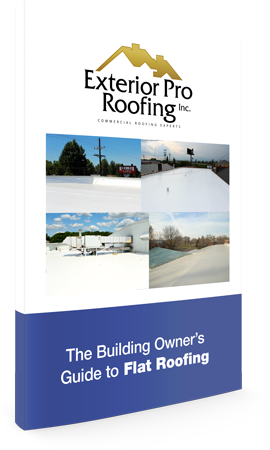There is a lot that goes into planning a flat roofing project at your building or campus. Here is a list of things that will assist in the planning:
1. Material Delivery
Commercial roofing materials are often delivered by a large flat bed truck and or semi and trailer. Pre-planning a route to and from the site as well as an off loading area can save time and avoid unwanted congestion or road blocks at your business or organization especially during your peak hours.
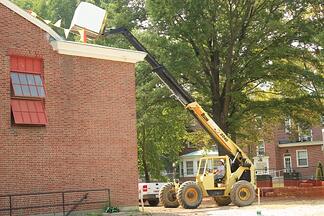
2. Staging and hoisting
Most of the roofing material will be hoisted to the roof top either by crane or by an extended forklift. FI the material being off loaded will not be immediately set on the roof, try to be strategic when designating a staging area. Remember a crane should be able to reach the staged material and the top of roof. Resist the urge to set staged material under trees, power lines, or too far away from the roofing project.
3. Watch the wind
Once materials are lifted to the roof take the extra time to secure rolls of roofing membrane, buckets of screws or glue, and bunks of insulation. The taller or more exposed the building is the stronger the wind will be. Plan on securing material accordingly.
4. Debris Handling
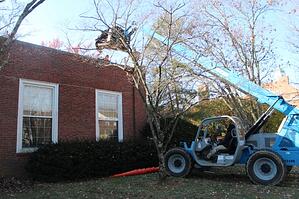
Not every flat roofing project will involve a tear but for the ones that do, you will need to plan how debris will be lowered or thrown to the ground in a safe manner and how the debris will be removed from the job site, Be specific when speaking to you commercial roofing contractor and do not forget these important items:
- How will debris be removed from the site?
- Where will dumpster be set?
- Will trucks or equipment be allowed in grass or yards?
- How will landscaping be protected?
- How will the public be protected from falling debris?
5. Parking Arrangements
If parking is limited at your facility, you will want to arrange a designated parking area for the roofing company’s trucks and equipment. If parking is very limited ask your flat roofing contractor to in turn limit the amount of trucks they bring to the site at one time.
6. Establishing Working Hours/Days
Set up reasonable working hours with your roofers keeping in mind that roofing isn’t a job you can just walk away from after 8-10 hours of work. The job must be dried in each night before the crew can call it a day. Allow crews to work later when the weather is right and establish whether working weekends will be permitted or even required should the project fall behind schedule.
7. Power Supply
Determine with your roofing contractor what the power supply will be for the roofing project. Most flat roofing companies will have their own generators to run specialty equipment but they may also require additional outlets. Establish how cords will be ran / covered to avoid a trip hazard to the public.

8. Have you notified the tenants, staff or neighboring buildings?
Letting people know ahead of time that you place to have a flat roof replaced and the approximate amount of time it will take will go along way in demonstrating your leadership ability, thoughtfulness and sense of team.
9. Do you have appropriate work permits, licenses, insurance and workers compensation?
Check with your local building officials about required permits, fees or licenses you may need before roofing work begins. Make an up to date proof of insurance and workers compensation required as part of the bidding process and quickly eliminate any roofing company that is unable or unwilling to provide these documents to you.
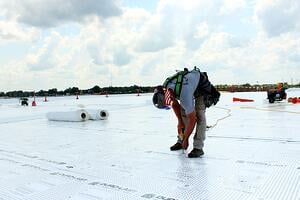 10. Ensure your roofing contractor has a plan
10. Ensure your roofing contractor has a plan
Speak with your roofing company about their site specific safety plan and how they plan to maintain a safe environment for both the roofers doing the work and the public in and around the building. Ask for a copy of their safety plan and procedures should an injury or fall occur. It is also not a bad idea to have a copy of the MSDS sheets for the material being used.


